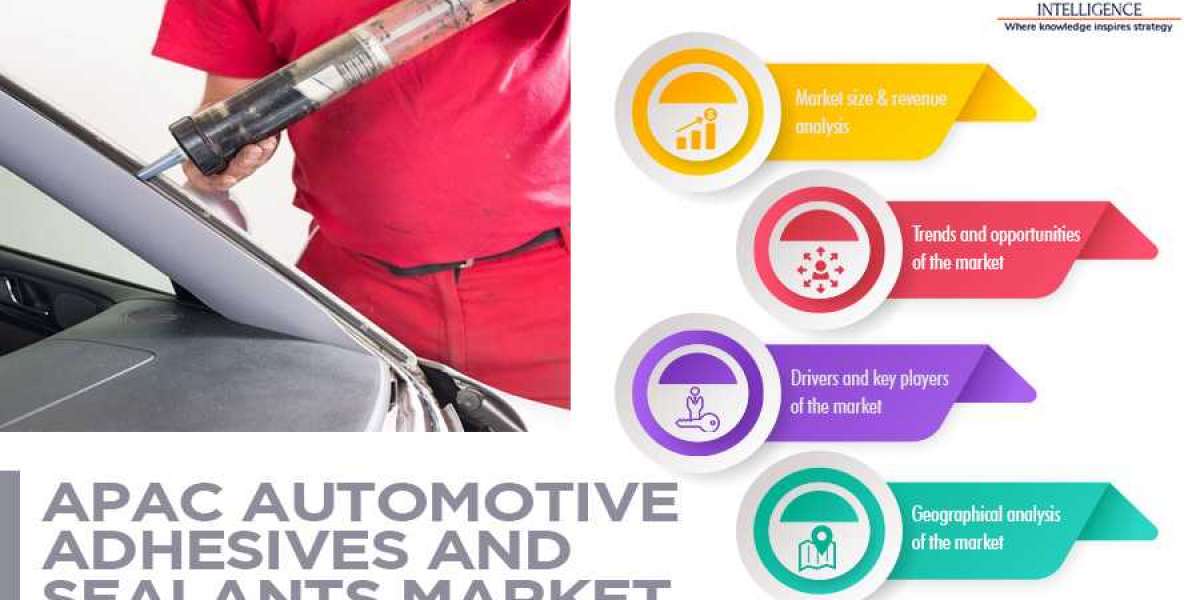Automotive adhesives and sealants refer to the substances that are used for several bonding and sealing applications in the automobile industry. These substances are chemically similar but functionally different. Such adhesives and sealants help in enhancing performance, driving experience, reliability, and vehicle safety. These substances are being used in large quantities in Indonesia, Thailand, Vietnam, the Philippines, Japan, and China, due to the implementation of automotive fuel economy policies in such Asia-Pacific (APAC) countries. As adhesives and sealants improve the fuel economy of light trucks and cars, automakers have started using them in large quantities.
Nowadays, automotive adhesive and sealant manufacturers are focusing on developing bio-based adhesives and sealants for replacing chemical variants, owing to the surging environmental concerns. For instance, RENUVA technology for adhesives and sealants, by DowDuPont Inc., offers improved water resistance, good adhesion on an array of substrates, and high flexibility to these substances. Owing to the rapid shift toward eco-friendly adhesives and sealants in APAC, Henkel AG Co. KGaA, Huate Bonding Material Co. Ltd., DowDuPont Inc., Mitsui Chemicals Inc., Sika AG, Shin-Etsu Chemical Co. Ltd., and 3M Company are producing bio-based variants in abundance.
At present, the aforementioned companies are largely involved in the production of epoxy, due to their increasing adoption in the automotive industry, owing to their high-temperature stability, excellent dimensional stability, exceptional heat-resistance, surface hardness, fire-resistance, cost-effectiveness, and very low flammability properties. Additionally, these companies are also producing hot melts, rubber, acrylics, silicones, polyurethanes, and polyvinyl chloride (PVC), as they are required in the automobile industry. Currently, automotive adhesives and sealants producing companies are largely focusing on developing technologically improved products to improve the fuel economy of vehicles.
Automotive adhesives and sealants are majorly used in paint shop, body in white (BIW), assembly, and under-the-hood (UTH) and power train applications. In the recent past, these substances were primarily used for BIW applications due to the high-volume consumption of acrylics, polyurethane, and epoxy in automobile manufacturing. Whereas, in the coming years, such adhesives and sealants will be rapidly used for assembly applications, due to the burgeoning demand for vehicles, owing to the mounting purchasing power of the people in this region.
According to PS Intelligence, China dominated the APAC automotive adhesives and sealants market in the recent past, due to the presence of a strong automotive manufacturing base in the country. Moreover, the high purchasing power parity and high nominal gross domestic product (GDP) of the country also fuels the consumption of adhesives and sealants in the automobile industry. China is one of the largest exporters of such substances in the world.








